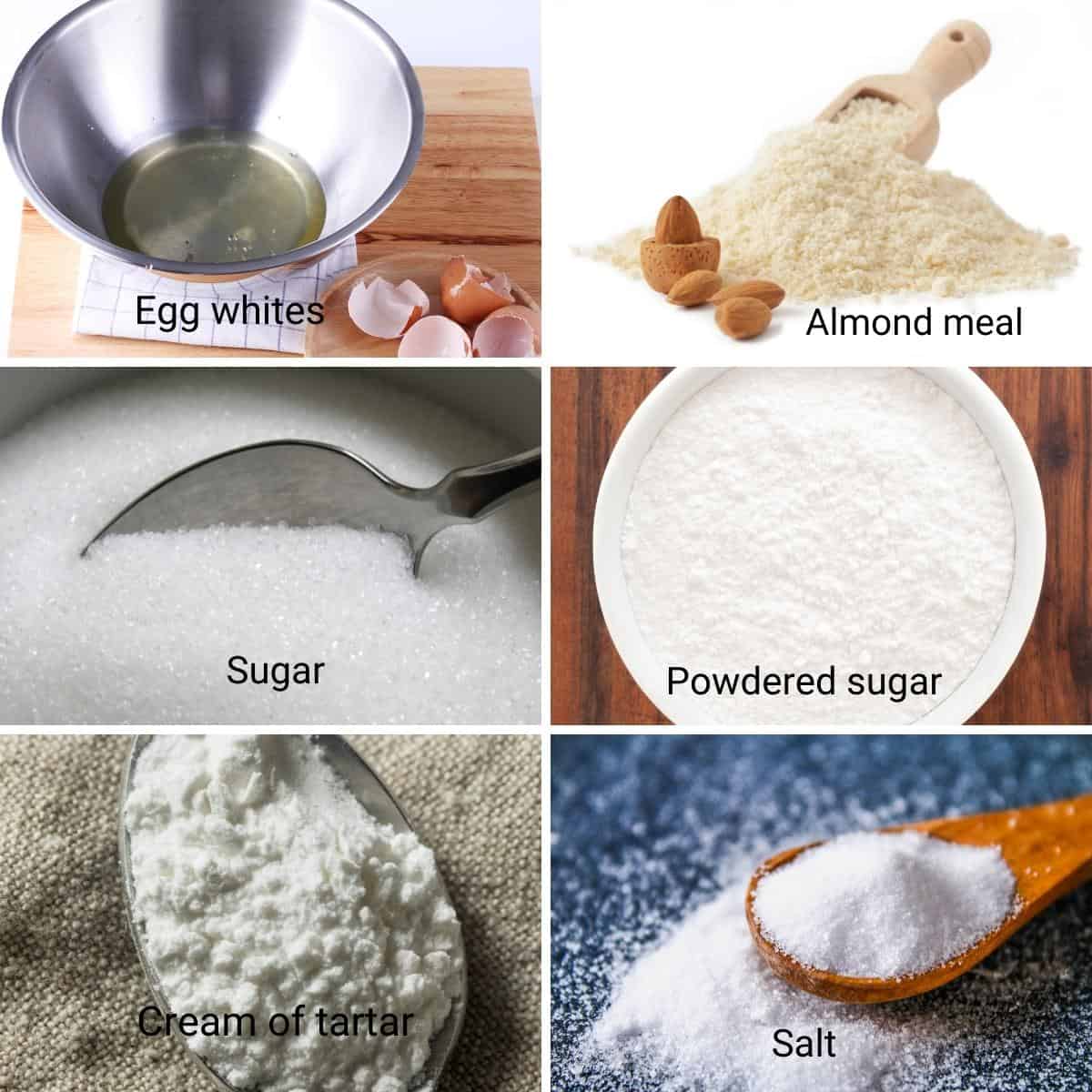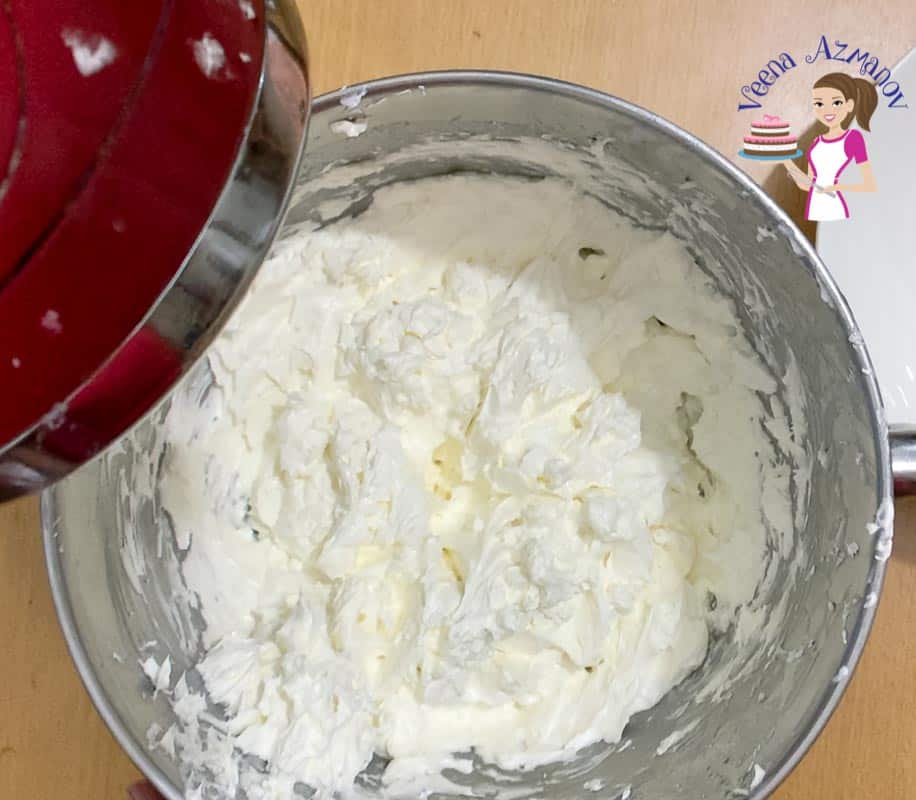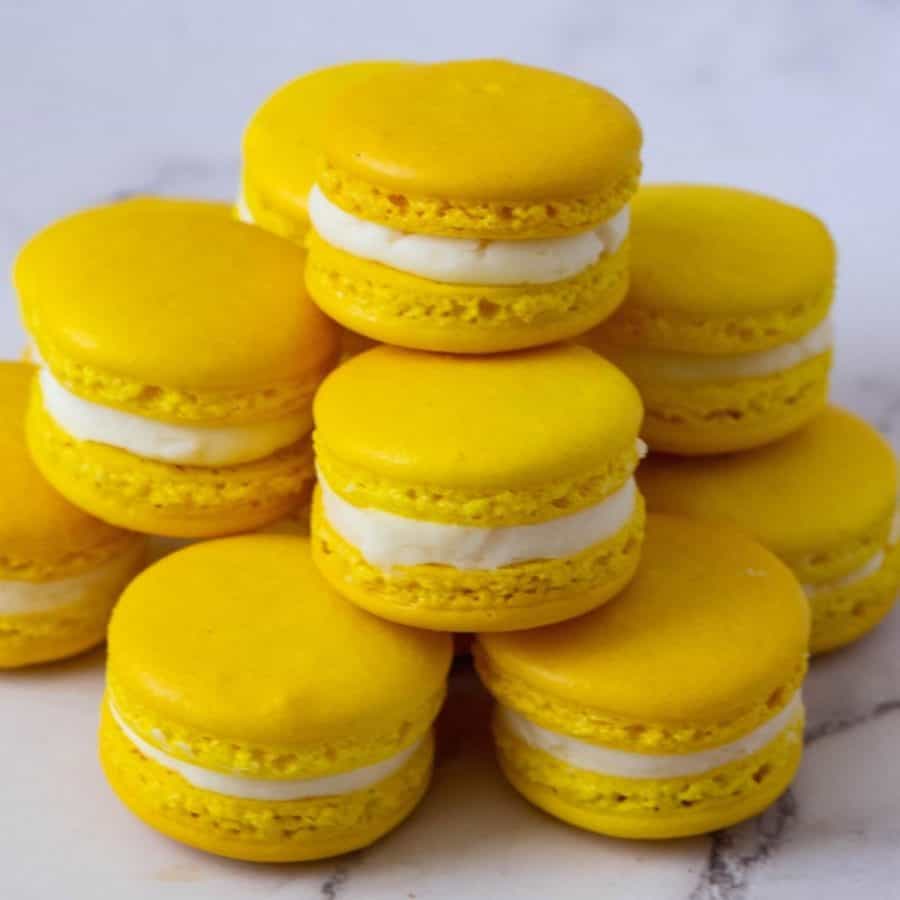Macarons are delicate, meringue-based sandwich cookies made with almond flour, egg whites, and sugar. They are known for their smooth, shiny tops, ruffled feet, and creamy filling. The French version of macarons is particularly popular because of its light and airy texture, crisp exterior, and rich, flavorful fillings. There are several reasons why making the French version of macarons is preferred:
Texture: French macarons have a delicate, crisp shell with a slightly chewy interior, creating a delightful contrast in texture. Flavor: The French method allows for a wider range of flavor possibilities, as the almond flour and meringue base can be easily infused with different flavors, such as vanilla, chocolate, or fruit. Appearance: French macarons are known for their smooth, shiny tops and distinct ruffled “feet,” which are characteristic of a well-made macaron. Versatility: French macarons can be filled with a variety of fillings, such as buttercream, ganache, or jam, allowing for endless flavor combinations and creativity. Prestige: French macarons are considered a gourmet treat and are often associated with elegance and sophistication, making them a popular choice for special occasions and gifts.
Why is this the best recipe?
Detailed Instructions: The recipe provides clear, step-by-step instructions, making it easy for both beginners and experienced bakers to follow along. Balanced Flavors: The combination of vanilla French macarons with Swiss meringue buttercream and jam filling offers a balanced blend of sweet and tart flavors, appealing to a wide range of tastes. Versatility: The recipe offers room for creativity with various flavor combinations, allowing you to customize the macarons to suit different preferences and occasions. Proven Techniques: The use of proper macaronage technique, and resting time ensures that the macarons turn out with the desired smooth, shiny shells and feet. Texture and Appearance: The macarons are described as having a crispy exterior, a chewy interior, and a creamy filling, resulting in a delightful texture that is both visually appealing and satisfying to eat. Storage and Serving Suggestions: The recipe provides tips on how to store the macarons and creative serving ideas, enhancing the overall experience of making and enjoying these delicate treats.
Ingredients and substitutes
We have already discussed all the ingredients in our previous post on 20 tips to perfect macarons, so I will keep this short. If you are new to making macarons I highly recommend you read that post with step by step pictures.
Egg whites – Always use egg whites by weight not measure. As you can see, I have said 110 grams or 3.5 oz. This is very important. Also, you can use fresh eggs but make sure they are room temperature. Almond meal (almond flour) – Whether you buy or make it at home, make sure it’s finely ground and sifted. And if you make it yourself, use blanched almonds along with some of the powdered sugar from the recipe to prevent the almond meal from becoming too greasy. Sugar – Use a fine grain sugar so it dissolves easily in the egg whites. Cream of tartar – It prevents the separation of protein and water in the whites. It’s also flavorless, so it does not affect the flavor of your baked goods. The best substitute for cream of tartar is a pinch of salt, but lemon juice and vinegar are often used. Extract – Always use an extract that’s not oil-based. If you are not sure, don’t add any extract at all. But do not use any oil-based extract in your whipped egg whites.
Step by step: Vanilla French Macarons
Macaron shells
Prepare baking sheets: Line baking sheets with parchment paper or silicone mats. You can also use macaron templates under the parchment paper to help with even sizing.
Prepare the dry ingredients: In a bowl, sift together the powdered sugar and almond flour to ensure there are no lumps. Set aside. Whip the egg whites: In a clean, dry bowl, beat the egg whites with a hand mixer or stand mixer until foamy. Add a pinch of cream of tartar if using. Add sugar: Gradually add the granulated sugar while continuing to beat the egg whites. Beat until stiff, glossy peaks form. Fold in the dry ingredients: Gently fold the sifted powdered sugar and almond flour mixture into the beaten egg whites. Add vanilla extract and continue to fold until the batter is smooth and shiny. Pipe the macarons: Transfer the batter to a piping bag fitted with a round tip. Pipe small rounds onto the prepared baking sheets, spacing them about 1 inch apart. Rest and preheat: Let the piped macarons sit at room temperature for about 30 minutes to 1 hour, or until a skin forms on the surface. Preheat the oven to 300°F (150°C). Bake: Bake the macarons in the preheated oven for about 15-18 minutes, or until they are set and firm. Remove from the oven and let them cool completely on the baking sheets.
Swiss meringue buttercream
Temper: In a heatproof bowl, combine the egg whites and sugar. Place the bowl over a pot of simmering water (double boiler) and whisk constantly until the sugar has dissolved and the mixture is warm to the touch. Whip the meringue: Remove the bowl from the heat and beat the egg white mixture with a hand mixer or stand mixer until stiff, glossy peaks form and the mixture has cooled to room temperature. Add butter and vanilla: Gradually add the softened butter, a few tablespoons at a time, while continuing to beat the mixture. Add vanilla extract and beat until smooth and creamy.
Assemble
Fill: Pair up the cooled macaron shells based on similar sizes. Spread or pipe a small amount of Swiss meringue buttercream onto one shell and top with a small dollop of jam. Gently press another shell on top to sandwich the filling. Storage: Store the assembled macarons in an airtight container in the refrigerator for up to 5 days. Bring them to room temperature before serving for the best flavor and texture.
Tips for Success
Sift dry ingredients: Sift the powdered sugar and almond flour together to ensure a smooth, lump-free batter. Stiff peaks: Beat the egg whites until they form stiff, glossy peaks. This is important for the macaron shells to have the right texture. Macaronage technique: Fold the dry ingredients into the egg whites gently and slowly to avoid deflating the mixture. The batter should be thick and flow slowly off the spatula. Resting time: Let the piped macarons sit at room temperature for about 30 minutes to 1 hour, or until a skin forms on the surface. This helps create the characteristic smooth top. Bake at low temperature: Bake the macarons at a low temperature (around 300°F or 150°C) to avoid browning and ensure even cooking. Cool completely: Allow the macaron shells to cool completely before filling to prevent the filling from melting. Use a template: Using a macaron template or guide can help ensure uniform size and shape for the shells. Fill sparingly: Don’t overfill the macarons with filling, as this can cause them to be messy and difficult to eat. Store properly: Store the assembled macarons in an airtight container in the refrigerator to allow the flavors to meld together. Bring them to room temperature before serving for the best texture and flavor.
Troubleshooting
My macarons have no feet – usually, the most common reason is that the batter is too thin due to overmixing. Getting the right consistency is important and can take a few attempts for some people My macarons are cracked on top – Most often the reason for this is that the batter was undermixed. Pockets of dry flour or unmixed lumps can cause cracks during baking. You must first fold the batter and ensure everything is well mixed before you start the macronage stage. Macarons have large holes – which usually happens when there are air pockets in the batter. Most often tapping the baking sheets will help pop them but often you may need to take a toothpick and pop them yourself. Ripples on the macarons – usually happen when the piped batter is not tapped enough to help the batter settle before crusting. Faded macarons – often baked in a very hot oven are the culprit of faded macarons. Reduce heat considerably. You can also place another baking pan on the top shelf to prevent direct heat. No feet in macarons – Thin batter consistency. You must whip the meringue until stiff peaks form, then add the dry ingredients and bring it back to the macronage consistency. Burst macaron feet – also a sign that the oven is too hot or the heat is not evenly distributed. You can place another baking tray on the top shelf or bake on two (double) baking sheets to prevent direct heat to the macarons.
Creative variations
Lemon Raspberry: Add lemon zest to the macaron shells and fill them with raspberry jam and lemon Swiss meringue buttercream. Chocolate Orange: Add cocoa powder to the macaron shells and fill them with orange marmalade and chocolate Swiss meringue buttercream. Salted Caramel: Fill the macarons with salted caramel sauce and caramel Swiss meringue buttercream. Pistachio Cherry: Add finely ground pistachios to the macaron shells and fill them with cherry jam and pistachio Swiss meringue buttercream. Coffee Hazelnut: Add instant coffee powder to the macaron shells and fill them with Nutella and coffee Swiss meringue buttercream. Coconut Mango: Add shredded coconut to the macaron shells and fill them with mango jam and coconut Swiss meringue buttercream. Matcha White Chocolate: Add matcha powder to the macaron shells and fill them with white chocolate ganache and matcha Swiss meringue buttercream. Almond Amaretto: Add almond extract to the macaron shells and fill them with amaretto-infused cherry jam and almond Swiss meringue buttercream. Blueberry Cheesecake: Fill the macarons with blueberry jam and cream cheese Swiss meringue buttercream. Peach Basil: Add finely chopped fresh basil to the macaron shells and fill them with peach jam and basil-infused Swiss meringue buttercream.
Creative ways to serve macarons
Macaron Tower: Stack macarons in a tower formation for a stunning centerpiece at parties or events. Macaron Cake: Use macarons to decorate the top of a cake or create a cake entirely out of stacked macarons. Macaron Ice Cream Sandwiches: Sandwich a scoop of ice cream between two macaron shells for a delightful treat. Macaron Pops: Insert lollipop sticks into macarons to create macaron pops, perfect for easy serving at parties. Macaron Trifle: Layer crumbled macarons with whipped cream and fruits in a glass for a beautiful and delicious dessert. Macaron Wreath: Arrange macarons in a wreath shape and decorate with flowers or greenery for a festive display. Macaron S’mores: Use macarons instead of graham crackers in a s’mores recipe for a sophisticated twist on a classic treat. Macaron Fondue: Serve macarons with a warm chocolate or caramel sauce for dipping.
Indulge in the Delicate Flavors of Lemon MacaronsDelicious Strawberry Macarons: Recipe and Filling IdeasIrresistible Raspberry Macarons with Swiss Meringue ButtercreamValentine Heart MacaronsOrange French Macarons
Frequently asked questions
Did you LIKE this recipe? Save it for later. You can find my recipes on Pinterest. Follow me on Facebook, Twitter, and Instagram.Subscribe, and I’ll send you new recipes right to your inbox. Thank you for sharing - Save for later























